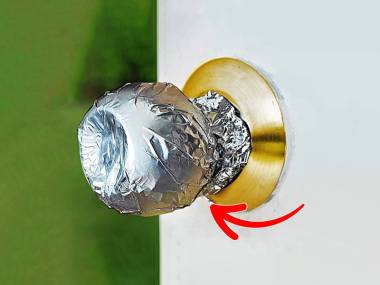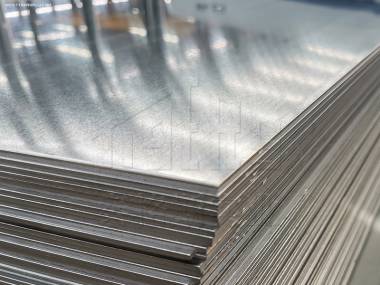What are the international industry standards for aluminum foil?
To ensure the safety, quality, and reliability of aluminum foil products, several industry standards and regulations have been established by various organizations worldwide.
These standards outline the specifications, testing methods, and compliance requirements for the production, handling, and use of aluminum foil. Compliance with these standards not only ensures the safety and quality of the products but also promotes fair trade practices.
In this context, it is important to understand the different industry standards and regulations related to aluminum foil to ensure that the products meet the necessary requirements for their intended use.
This article covers most of the important international industry standards related to the production of aluminum foi.
Here are some specific industry standards for aluminum foil:
The Aluminum Association’s Standards for Aluminum Sheet and Foil
The Aluminum Association has developed several standards for aluminum sheet and foil, including:
AA 8021: This standard covers aluminum alloy foil for flexible packaging applications.
AA 1235: This standard covers aluminum foil for general industrial applications.
European Aluminium Foil Association (EAFA) Standards
The EAFA has developed several standards for aluminum foil, including:
EAFA 4001: This standard covers the quality requirements for aluminum foil for household use.
EAFA 4002: This standard covers the quality requirements for aluminum foil for semi-rigid containers.
Japanese Industrial Standards (JIS)
JIS has developed several standards for aluminum foil, including:
JIS H 4160: This standard covers aluminum foil for household use.
JIS H 4000: This standard covers aluminum foil for semi-rigid containers.
China National Standards (GB)
The Chinese government has developed several standards for aluminum foil, including:
GB/T 3198: This standard covers the technical requirements for aluminum foil for food packaging.
GB/T 3199: This standard covers the technical requirements for aluminum foil for industrial use.
European Committee for Standardization (CEN)
The European Committee for Standardization has also developed standards on aluminum foil,including:
EN 546-2: Aluminium and aluminium alloys – Foil – Part 2: Specification for rolled aluminium foil for general purposes
EN 546-3: Aluminium and aluminium alloys – Foil – Part 3: Specification for rolled aluminium foil for food use
EN 602: Aluminium and aluminium alloys – Foil – Determination of thickness
ASTM International Standards
ASTM has developed several standards for aluminum foil, including:
ASTM B479: Standard Specification for Annealed Aluminum and Aluminum-Alloy Foil for Flexible Barrier, Food Contact, and Other Applications
ASTM B209: Standard Specification for Aluminum and Aluminum-Alloy Sheet and Plate
International Organization for Standardization (ISO) Standards
ISO has developed several standards related to aluminum foil, including:
ISO 9001: Quality management systems – Requirements
ISO 14001: Environmental management systems – Requirements with guidance for use
The Food and Drug Administration (FDA)
The FDA has set guidelines for the use of aluminum foil in food packaging. These guidelines are designed to ensure that aluminum foil packaging does not pose a risk to public health.
Title 21 of the Code of Federal Regulations (CFR) Part 175: Indirect Food Additives: Adhesives and Components of Coatings
The European Union (EU)
The EU has established regulations on the use of materials in food contact applications, including aluminum foil. These regulations are designed to ensure the safety of consumers and to promote fair trade practices.
Regulation (EU) No 10/2011 on plastic materials and articles intended to come into contact with food.
Regulation (EC) No 1935/2004 on materials and articles intended to come into contact with food.
Compliance with these standards and regulations can help ensure the safety and quality of aluminum foil products in the respective regions.
These standards cover various aspects of aluminum foil, including its composition, physical properties, dimensions, and performance characteristics. Adherence to these standards can ensure that aluminum foil products meet certain quality and safety requirements for their intended applications.
While this article does not cover every standard and regulation related to aluminum foil, it provides a comprehensive overview of the most important ones that manufacturers, suppliers, and users of aluminum foil should be aware of.





